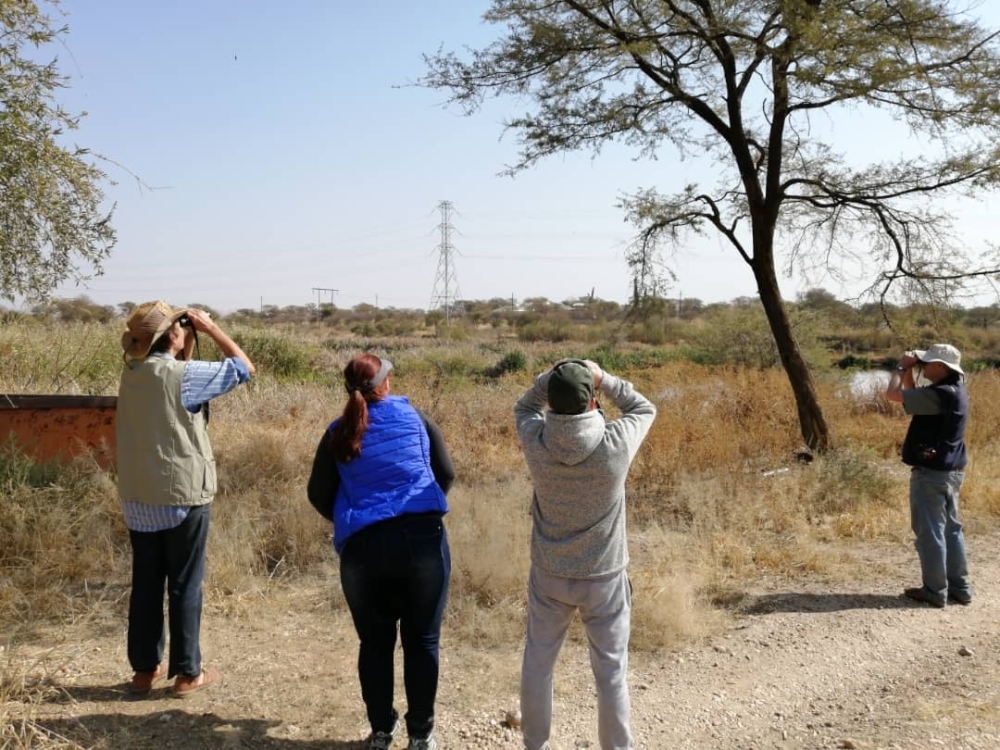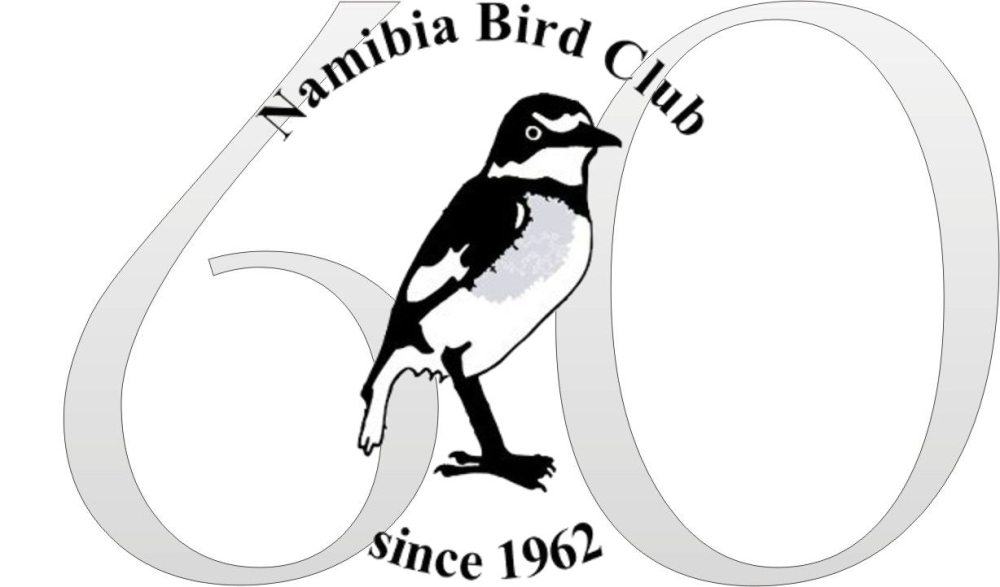It’s a birding anniversary!
Club celebrates 60 years
Sixty years ago, on 20 April 1962 to be exact, the Namibia Bird Club was founded and to this day bird lovers still gather at the Namibia Scientific Society regularly to devote themselves to their hobby.Then called the Ornithological Working Group, today the Namibia Bird Club continues to play an important role in Namibian bird protection.
Established by Heinrich von Maltzahn (a farmer in the Otavi district), Herwarth von Schwind and Herman Kolberg, there was no known record of Namibian birdlife at that time. Their aim with the working group was that local ornithology should be expanded.
From November 1964 to April 1965, Peter Becker from the Lower Saxony Ornithological Association came to Namibia to teach Kolberg how to catch and ring birds. Ringing involves capturing birds, attaching a small metal ring around one of its legs, and ideally, recording the bird species, age, sex, wing length and weight. A reference code is engraved onto the ring to uniquely identify that particular bird if captured again in the future.
At that time the working group produced a monthly newsletter called “Ornithological Communications”. A white-tailed shrike was chosen as the official club emblem during the second Ornithological Conference that took place in Windhoek. This bird is endemic to Namibia and isn’t found anywhere else in the world.
In September 1973 a symposium was organised at the Hardap dam on “The Adaptation of Birds to a Hot and Dry Climate”, for which highly respected bird enthusiasts flew in, including Dr Winterbottom, Professor Siegfried, and Hu Berry.
In the following years, the club continued to grow, organise trips and encouraged people to learn more about birds and their behaviour.
The Namibia Bird Club currently has around 80 members and has grown from a once purely German-speaking club to a mainly English-speaking club. The club participates in numerous bird-related activities and projects and publishes a journal, the Lanioturdus.
Bird-watching excursions are also organised on a regular basis.
Namibian birdlife
The Namibian bird world is something to experience. There are almost 700 bird species in Namibia, including 18 endemic species as well as other endangered species such as the lappet-faced vulture, lesser flamingos and African penguins.
Chairperson of the Namibia Bird Club Gudrun Middendorf says that what fascinates her about birds is the challenge. “The challenge lies in recognising a bird, getting to know it and looking it up in a book. I can now recognise birds by their voices! It’s exciting and it’s fun!”
Her favourite bird is the bateleur.
At their recent annual general meeting, another member said that if you find three birds fascinating and look them up, then you’re hooked.
According to the club’s website, “Birds are beautiful, charismatic, varied and represent a global symbol of freedom”. They are also indicators of broader biodiversity: when birds disappear, it’s often a signal that something is wrong with the environment in which they used to live. This can affect habitats and their components, including mammals, insects, vegetation and ultimately humans.
Sadly, if nothing is done, some of Namibia’s endangered bird species could become extinct within the next decade.
What the club does
The Namibia Bird Club has various goals that the members aim to achieve together. Amongst others, they work to support research and educate local children and communities about birds. This also includes developing an interest in birds among the younger generation.
The club also publishes informative materials and lobbies government departments for better bird protection. They are also in the process of setting up a system that will help monitor several key locations.
Further, the club aims to promote eco-tourism and sees financial potential in bird-watching tourism. According to the Namibia Bird Club, this kind of tourism can offer additional income and employment opportunities and thus contribute to poverty reduction and biodiversity in the country.
The Namibia Bird Club also contributes to the creation of the Bird Atlas of Southern Africa by collecting and disseminating data on birds, Southern Africa Important Bird Areas, Biannual Waterfowl Censuses and Birds of Prey Road Censuses.
Bird protection can be supported in various ways: By becoming a member of the Namibia Bird Club, you make a direct donation that is distributed to those most qualified to protect and conserve Namibia’s birdlife. If you don’t want to become a member right away, you can also make a donation in cash or in kind; the club is always happy to receive binoculars or any bird books.
More information visit www.namibiabirdclub.org







